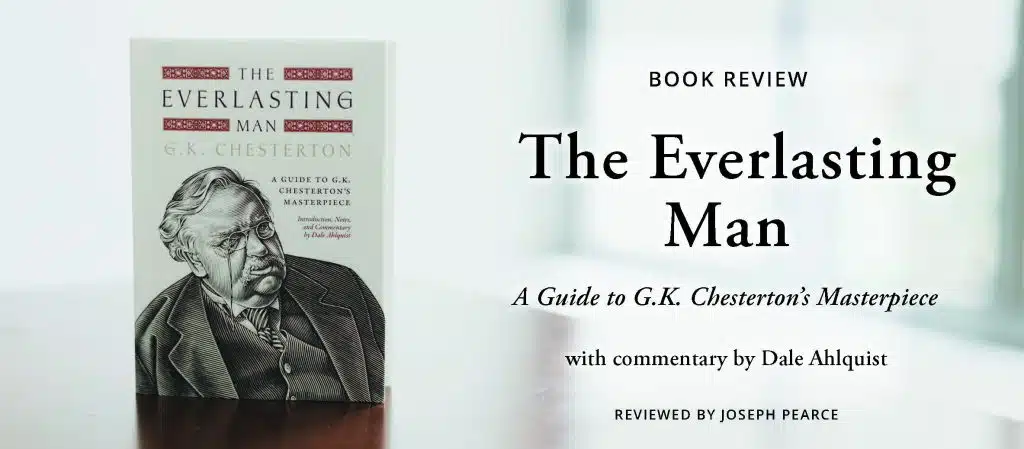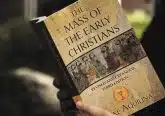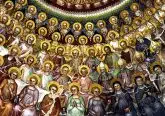Book Review; G K Chesterson’s The Everlasting Man
Dale Ahlquist is the greatest living expert on the life and literary legacy of G.K. Chesterton and both the longtime President of the Society of Gilbert Keith Chesterton and founder of the Chesterton Schools Network. Thus, it was perfectly appropriate for Word on Fire to select Ahlquist to guide readers through this new edition of The Everlasting Man, arguably Chesterton’s greatest book.
This edition’s subtitle, “A Guide to G. K. Chesterton’s Masterpiece,” is a little misleading as it suggests that it’s a book about the “masterpiece,” not the masterpiece itself. In fact, this is an annotated new edition of Chesterton’s book, with an introduction, notes and commentary by Ahlquist.
The Everlasting Man, published in 1925, was Chesterton’s contribution to the controversy surrounding the publication of H. G. Wells’ Outline of History (1920). Wells’ approach, animated by philosophical materialism and scientistic progressivism, was to show humanity’s history as an inexorable ascent from the primitive to the civilized, the latter predicated on the shedding of religious superstition in favor of scientific and technological progress. The Everlasting Man is Chesterton’s riposte of Wells’ history.
Essentially, Chesterton’s approach was to show that humanity is not “progressing” but remains unchangingly human throughout all the ages of history. In the opening chapter, “The Man in the Cave,” he shows that the only thing we know for certain about our most ancient ancestors, from the only physical evidence available, is that they were artists. All other assumptions about the “cave man” are fictional constructs for which there is no documentary evidence. This exposé of the chronological snobbery inherent in modern presumptions about the past had a major influence on the young C. S. Lewis, whose reading of The Everlasting Man enabled him to see the Christian “outline of history” laid out before him for the first time in a way that made sense. The reading of Chesterton’s book was a major milestone on Lewis’ journey from atheism to Christian conversion.
The second part of The Everlasting Man begins with “The God in the Cave,” which argues that the coming of Christ is at the center of history, baptizing it with God’s revelation of Himself and making sense of it. The Incarnation indicates that history is His story, enabling history’s whole outline to be read by the light of Christ.
The Everlasting Man is brilliant, but it’s not always easy for the modern reader to understand. This is where Ahlquist’s excellent guidance is most welcome. He is present on almost every page in helpful footnotes that enable the reader to understand what would likely otherwise have left him scratching his head or merely scratching the surface. Ahlquist helps the reader dive beyond the shallows of superficiality to the depths that the genius of Chesterton fathoms. Everyone should read The Everlasting Man, and this guided version makes the reading of it so much easier. Its publication is an answer to prayer.
Joseph Pearce is Visiting Professor of Literature at Ave Maria University and Visiting Chair of Catholic Studies at Thomas More College of Liberal Arts (Merrimack, NH). His many books include, Literature: What Every Catholic Should Know.
G.K. Chesterton, The Everlasting Man (Word on Fire, 2024). Hardcover, 520 pages, $29.95.
This article appeared in the August 2024 edition of The Catholic Telegraph Magazine. For your complimentary subscription, click here














